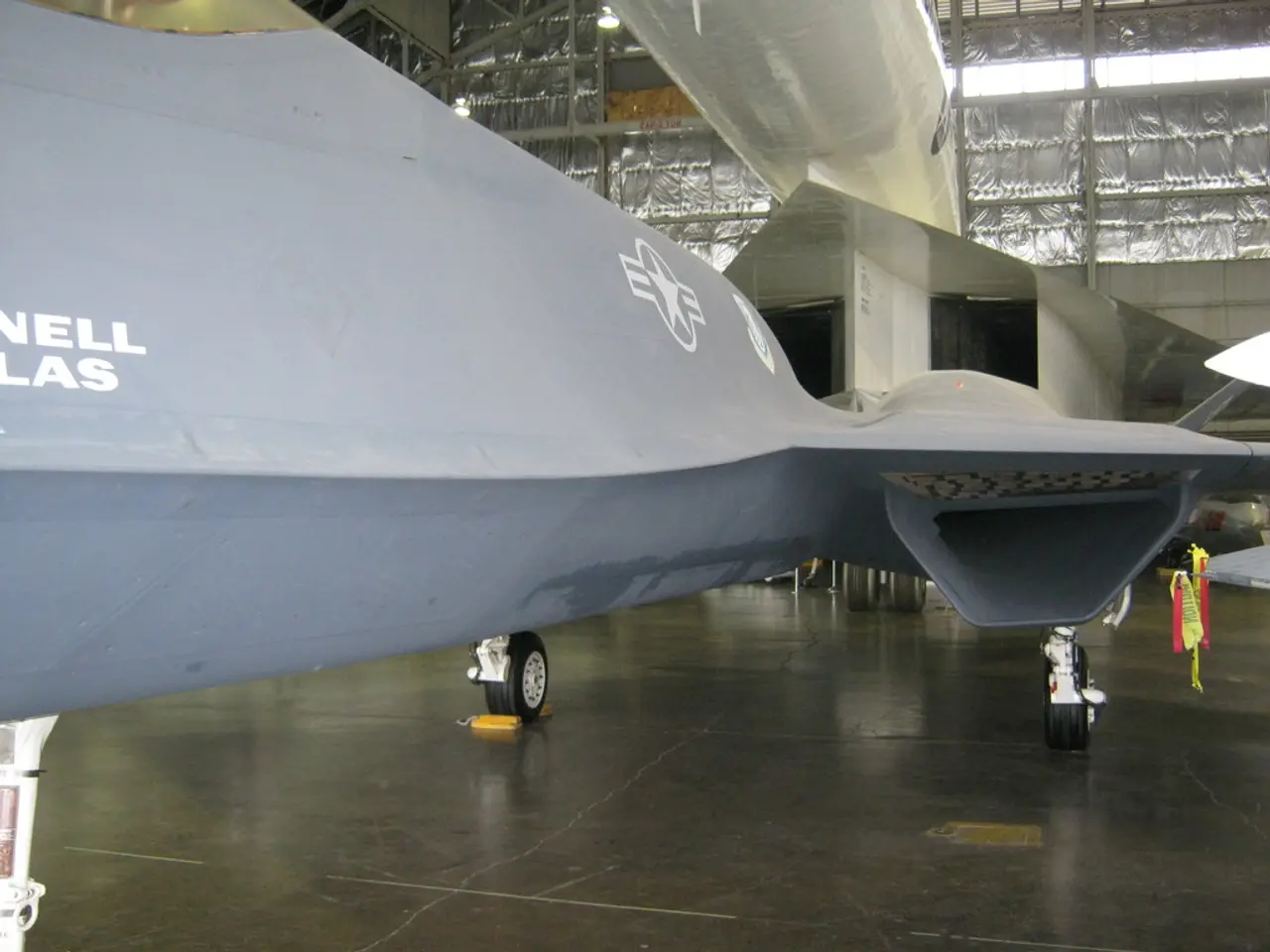Investment Advice: Should You Purchase AAL Shares at $12?
American Airlines (AAL) has faced a challenging period in recent years, with its performance across essential financial indicators summarised as weak. The company's stock has struggled to recover from various crises, including the Global Financial Crisis (GFC) in 2008, the COVID-19 Pandemic in 2020, and the recent Inflation Shock in 2022.
One of the key factors contributing to AAL's struggles is its high debt-to-equity ratio. At 454.1%, this figure is significantly higher than the 20.9% for the S&P 500, indicating a heavy reliance on debt to finance its operations. This high debt burden, coupled with persistent balance-sheet and labor-cost challenges, has maintained a negative outlook for the company.
Despite a slight increase in revenues over the past year, from $53 billion to $54 billion, AAL's financial performance remains lacklustre. The company's operating margin, OCF margin, and net income margin are considerably worse than most companies within the Trefis coverage universe. Moreover, AAL's price-to-earnings (P/E) ratio of 14.4 is significantly lower than the benchmark's 24.2, suggesting that the market is not valuing AAL's earnings as highly as those of other companies.
The company's price-to-sales (P/S) ratio of 0.2 also underscores its underperformance compared to the S&P 500, where the ratio stands at 3.2. Similarly, AAL's price-to-free cash flow (P/FCF) ratio of 5.2 is lower than the S&P 500's 21.1, indicating that investors are not willing to pay as much for each dollar of free cash flow generated by AAL.
Cash accounts for 13.5% of American Airlines' total assets, compared to 7.0% for the S&P 500. This indicates a higher cash buffer for AAL, which could provide some resilience in the face of adverse market conditions. However, the company's market capitalisation, ranging from approximately $8.2 to $9.1 billion, is a very small fraction relative to the S&P 500's total market capitalisation of around $40 trillion.
Weak demand in the U.S. is affecting bookings and unit revenues, further exacerbating AAL's financial woes. The company has forecasted an anticipated loss for the third quarter, adding to the concerns about its financial health.
In summary, American Airlines has struggled to recover from various crises and faces significant challenges in its financial performance. Its high debt levels, weak financial indicators, and underperformance compared to the S&P 500 index suggest a challenging road ahead for the company.
Read also:
- Catastrophe at a U.S. Steel facility in Pennsylvania results in the loss of two lives. crucial details unveiled
- Manipulating Sympathy: Exploiting Victimhood for Personal Gain
- Prices remain a concern for the Germans
- Auto Industry Updates: Geotab, C2A, Deloitte, NOVOSENSE, Soracom, and Panasonic in Focus




